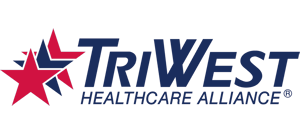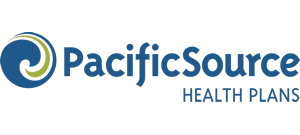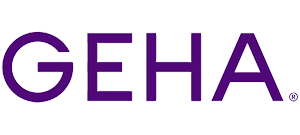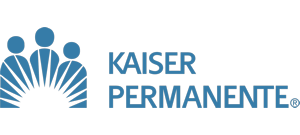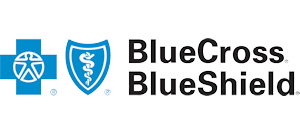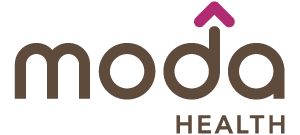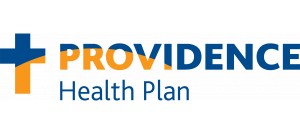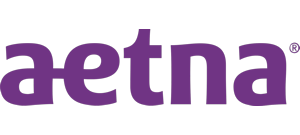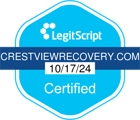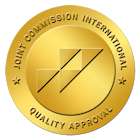Some may be reluctant to seek in-person treatment due to transportation issues, social anxiety, or fear of catching a contagious illness. Crestview is committed to addressing these challenges by offering comprehensive support through our telehealth services, making it easier for individuals to engage in our IOP from anywhere. Whether you’re seeking assistance for addiction or a mental health disorder, we are here to provide personalized support. If you cannot attend our intensive outpatient program in Portland, Oregon, you can still receive the help you need online. Contact us to initiate your journey toward well-being and recovery.

Healing Begins Here
WHAT IS A TELEHEALTH INTENSIVE OUTPATIENT TREATMENT PROGRAM?
This is the original telehealth method. This program allows a person to call a treatment center for the help they need. It is an effective way of continuing your addiction treatment.
We use a secure channel to video chat with our patients and deliver treatments from our virtual intensive outpatient program. This method allows you to use your computer to speak to an addiction specialist, even if you are located out of state.
This treatment method is one that many people choose because they find it the most comfortable. You don’t have to stop what you’re doing to speak to someone. Additionally, it is easier to do if you’re in a public place.
Many mobile apps are designed specifically to allow people like you to get in touch with a treatment specialist in a matter of minutes. This method may be useful in helping people who need alcohol addiction rehab.
These programs are available 24/7, as long as you are connected to the internet. They can help you stay on track in your recovery.
This telehealth option is based on the newest technology. It builds on a computer-generated world that you can simulate around real-life scenarios. We can adapt this technology to virtually any situation, including addiction treatment.

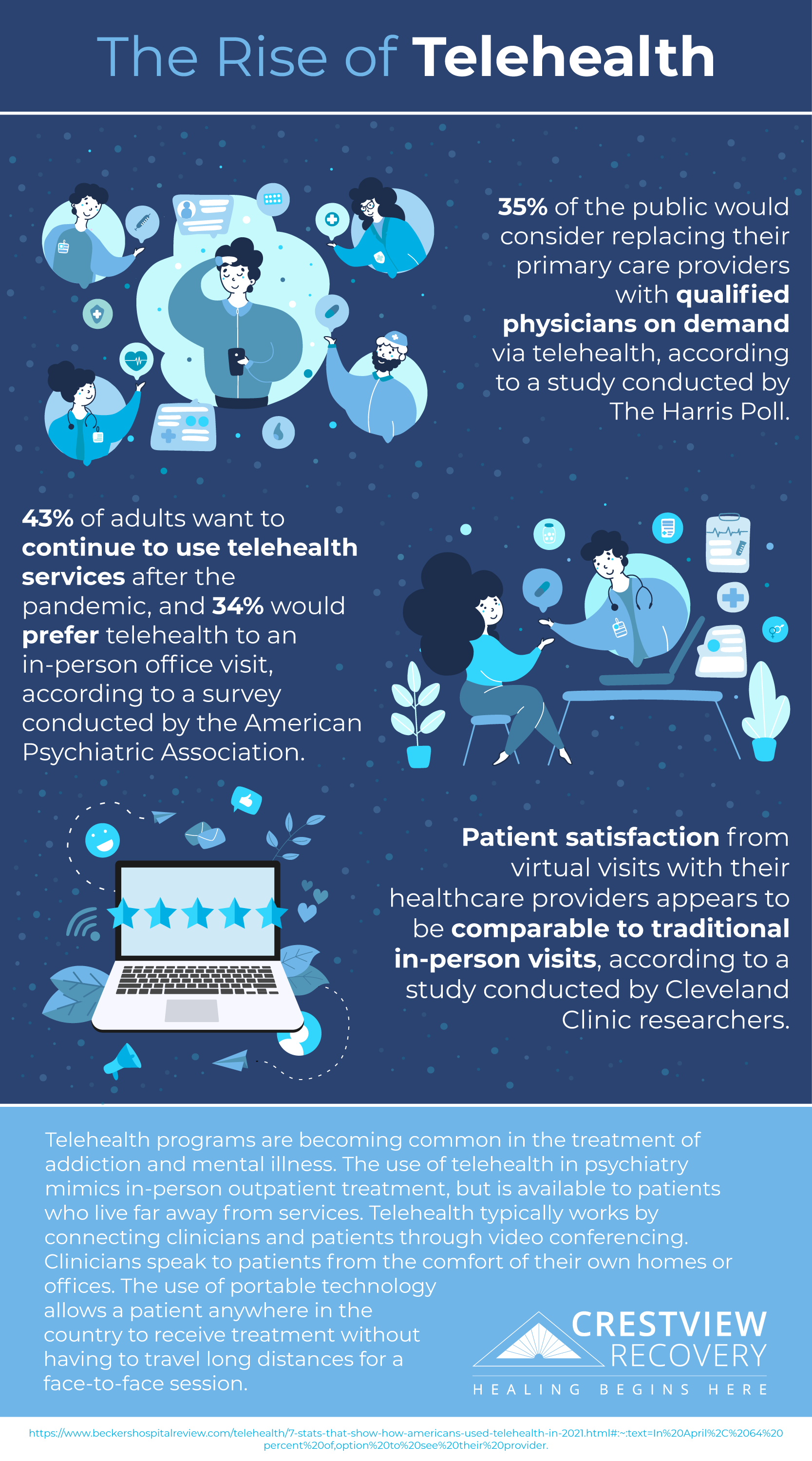
VIRTUAL THERAPY VIA IOP
At Crestview Recovery, we are committed to helping you recover from your addiction no matter where you are located. The number of overdose deaths increases every year, but a virtual therapy program can help. With a telehealth treatment program, the hurdles surrounding addiction treatment shrink. You can get the help you need without leaving your home.
HOW DO TELEHEALTH PROGRAMS WORK?
Telehealth programs for addiction treatment work by providing individuals with access to therapy and support remotely, using telecommunications technology. Here’s what someone can generally expect from telehealth programs for addiction:
The process often begins with an initial assessment, conducted through video calls or phone consultations. This helps professionals understand the individual’s specific needs and tailor the treatment plan accordingly.
Individual therapy for addiction is immensely important for those in recovery. Telehealth offers one-on-one therapy sessions with a licensed counselor or therapist. These sessions can address underlying issues contributing to addiction and provide coping strategies.
Virtual addiction group therapy sessions connect individuals with peers facing similar challenges. This fosters a supportive community and provides a sense of shared experience.
For individuals undergoing medication-assisted treatment, telehealth allows for medication management through virtual appointments with healthcare providers.
Telehealth programs often incorporate educational components, including information on addiction, coping skills, and relapse prevention strategies.
Family therapy sessions can be conducted virtually, involving family members in the recovery process and addressing relational dynamics.
Telehealth platforms facilitate immediate access to crisis intervention services, ensuring individuals have support during challenging moments.
Telehealth programs provide ongoing support, with regular check-ins and adjustments to the treatment plan based on progress and individual needs.
Participation in virtual support groups allows individuals to connect with others in recovery, share experiences, and receive encouragement.
Some telehealth programs incorporate holistic approaches, such as mindfulness exercises and wellness practices, promoting overall well-being.
RECOGNIZING AND TREATING ADDICTION
- Behavioral changes, such as sudden mood swings, increased secrecy, and social withdrawal
- Declining academic or work performance
- Neglecting personal hygiene
- Changes in sleep patterns
- Physical signs such as weight gain or loss, unexplained injuries
- Frequent financial troubles
- Strained relationships
- Persistent preoccupation with obtaining and using substances
Being familiar with these signs allows for proactive measures, such as seeking professional drug and alcohol addiction treatment and initiating the path toward recovery and well-being.
COMPLEX MENTAL HEALTH AND ADDICTION ISSUES
- Relapse prevention
- Sober living resources
- Individual issues and concerns
- Dual diagnosis concerns
- Changing thinking and behavior
- Communication and relationship-building
Our intensive outpatient, sober living, or telehealth program can offer an ideal option as a follow-up to a residential or detox program. This level of outpatient rehab can be especially effective for patients who have a stable, sober-friendly living situation as well as for those who are experiencing first-time alcohol or drug addiction treatment. As patients meet clinical milestones, they can transition to a lower level of care.


ADDICTION TREATMENT PROGRAMS IN PORTLAND, OREGON
Engaging in outpatient care grants individuals autonomy to pursue personal interests beyond our addiction treatment campus. The promotion of addiction recovery and relapse prevention involves cultivating new routines, building connections with diverse individuals, and gaining varied experiences. Our intensive outpatient program is designed to support and encourage these recovery-focused behaviors.
Crestview also has a partial hospitalization program in Portland. This is a step further than intensive outpatient programs and provides more supportive care for longer hours.
Crestview’s residential addiction treatment in Portland offers individuals a comprehensive and immersive approach to recovery. Nestled in a supportive environment, our residential care program provides 24/7 care, ensuring a structured setting conducive to healing. With a focus on evidence-based practices and personalized interventions, individuals have the opportunity to address the underlying causes of addiction while developing essential coping skills.
Our dedicated team of professionals guides residents through therapeutic modalities, medical support, and a range of holistic treatments, fostering a transformative journey toward lasting recovery.
At Crestview, we recognize the intricate relationship between substance use and mental health. Our dual diagnosis approach involves addressing both aspects concurrently, offering integrated and specialized care for individuals facing co-occurring disorders. Through a comprehensive assessment, our expert team develops tailored treatment plans that consider the unique needs of each individual. We offer dual diagnosis treatment for the following mental health conditions, co-occurring with substance use disorder:
By providing targeted interventions for both addiction and mental health challenges, Crestview aims to empower individuals on their path to recovery, enhancing the prospects of sustained well-being.
Crestview has created a supportive and inclusive community for our Portland sober living and rehab clients. Our team of professionals believes in care that is evidence-based and comprehensively holistic, treating each child with specialized and custom mental health solutions.
We want your treatment to be flexible, so we create an individualized schedule that works perfectly with your life. The possibilities are endless with our telehealth and weekend appointments. Our mission is to connect people in the Portland sober community online or in person at our Oregon addiction treatment center.
CONTACT CRESTVIEW RECOVERY TODAY
At Crestview Recovery, we make care accessible, not only through this virtual intensive outpatient program but also by accepting private insurance. We are in-network with many insurances, which helps lower the cost of treatment. To learn more about our telehealth intensive outpatient treatment program or to enroll in treatment, contact Crestview Recovery today.


